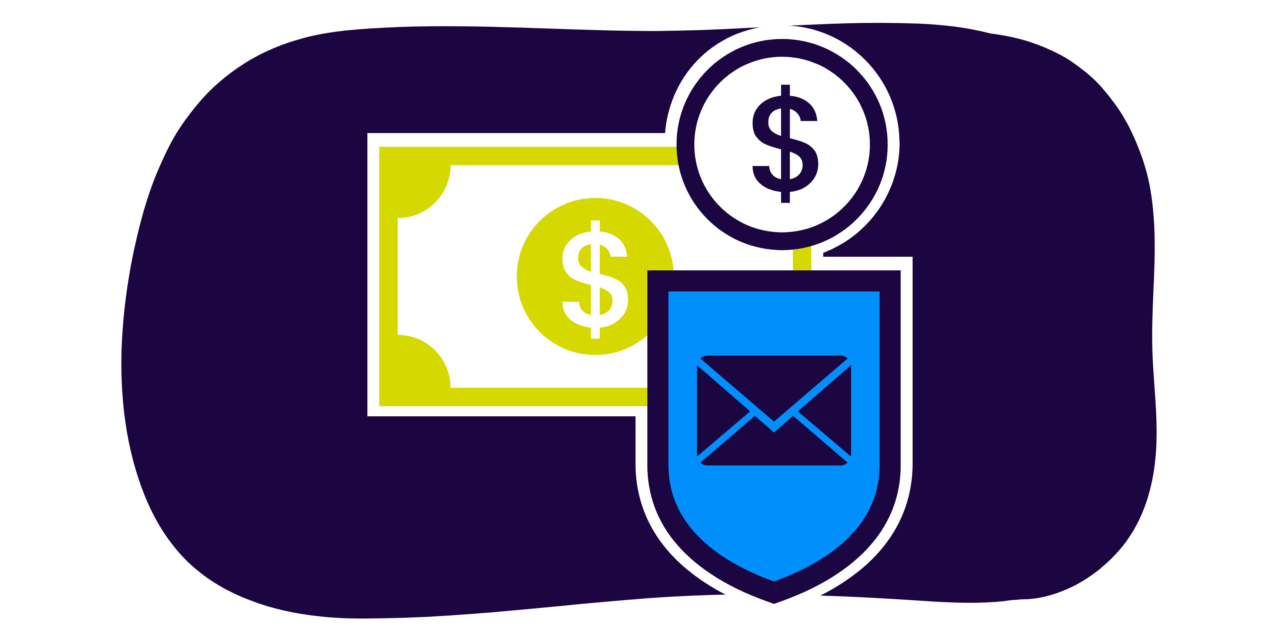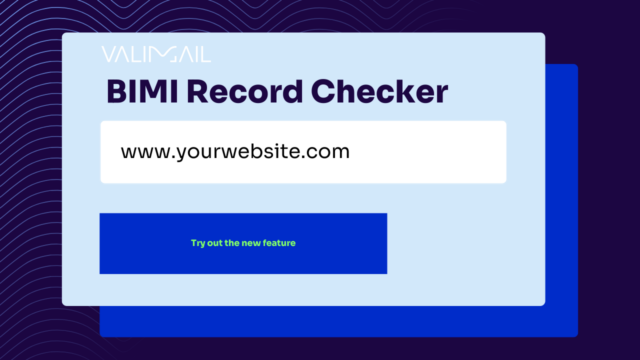Your online brand isn’t just a part of your business—it is your business. Even in-store customers see your brand on the internet, and it makes an impression.
And it’s up to you to determine whether it’s a good or bad one.
However, that’s easier said than done. With vast, ever-evolving digital threats, online brand protection can feel like a never-ending battle—and that’s not far from the truth. Still, the sacrifice in protecting your digital reputation is well worth the investment.
We built this guide to give you a comprehensive roadmap to online brand protection. We provide a blend of tools and actionable tips designed to shield your brand from digital harm. Whether it’s safeguarding your email communications with Domain-based Message Authentication, Reporting, and Conformance (DMARC) and Brand Indicators for Message Identification (BIMI) or fortifying your website against cyber threats, we’ll give you the know-how to handle it all.
What is online brand protection, and why does it matter?
In the age of the internet, your brand’s presence extends beyond its website to include social media, email communications, online marketplaces, and more. This broad digital footprint is vulnerable to a range of threats—from cyberattacks and email fraud to intellectual property infringement and misinformation on social media.
Online brand protection comprises the strategies and tools you use to safeguard your brand’s reputation and integrity on the digital stage. Sometimes, that’s as simple as implementing cybersecurity measures, and other times, it involves adopting email authentication protocols and being proactive with reputation management.
Your brand’s online reputation is a valuable asset. It influences customer trust, dictates market position, and impacts revenue.
Trust takes years to build but just moments to lose. A compromised brand can lead to lost customers, diminished trust, and, in severe cases, legal complications. Protecting your online brand isn’t just about risk management—it’s a strategic investment in your business’s longevity and success.
How to protect your email communications
Email is the preferred business communications channel, but spam and phishing campaigns can mitigate customer’s trust in the medium. Fortunately, there are protocols you can implement to safeguard your communications and maintain your email integrity.
DMARC
DMARC is a robust email authentication protocol designed to protect email domains from unauthorized use. It helps prevent email fraud (such as phishing and email spoofing) by ensuring your emails are authenticated against established DomainKeys Identified Mail (DKIM) and Sender Policy Framework (SPF) standards.
DMARC maintains and safeguards the sender’s reputation, ensuring that emails from your domain are trusted and more likely to be delivered successfully. Long-term reliability improves your brand’s connection with customers, helping them recognize and trust messages that come from your domain.
DMARC is a great asset for any business looking to protect their brand. Learn more about it in our latest eBook:
Monitoring and enforcing DMARC
While DMARC can be helpful for protecting your brand, you need to monitor your domain and then get to DMARC enforcement.
There are three DMARC policies:
- p=none
- p=reject
- p=quarantine

You aren’t at DMARC enforcement until you get to reject or quarantine. The none policy will help you monitor your domain, but the full online brand protection comes when you get to DMARC enforcement.
BIMI
BIMI works with DMARC but focuses on enhancing brand visibility and trust in the inbox. Once DMARC is in place, BIMI allows organizations to display their brand logo in supported email clients, giving their emails a mark of authenticity and increasing open rates.
This visibility boosts your brand’s presence in inboxes and reinforces the trustworthiness established by DMARC’s protective measures. Customers can immediately find, recognize, and believe your messages are actually from you and not a bad actor’s phishing attack.
Remember: BIMI itself doesn’t directly protect against email threats—instead, it serves as a reward for achieving DMARC enforcement and helps customers recognize your email.
Obtain intellectual property rights
Intellectual Property (IP) rights are the bedrock to protecting your brand’s unique identity and creative assets online. That’s where copyrights and trademarks come into play.
Copyrights and trademarks: Guardians of your brand’s identity
Protecting your IP isn’t just about defending what you own—it’s about preserving the integrity and uniqueness of your brand in the online marketplace.
Copyrights protect original works of authorship, such as articles, photographs, and software, ensuring that the creators control the use of their work.
Trademarks protect symbols, names, and slogans that distinguish your brand. They are crucial for maintaining your brand’s uniqueness and preventing others from using similar identifiers that could confuse customers or dilute your brand’s value.
Note: If you want to use BIMI, you’ll need a trademark for your logo.
Secure your website
Your website is the hallmark of your online brand. It’s the go-to source of truth. Therefore, it needs to have top-notch, up-to-date protection.
For starters, you’ll want a Secure Sockets Layer (SSL) certificate. This authenticates your website’s identity and enables an encrypted connection. It is a visual indicator of security, and it’s essential to safeguard your data from bad actors.
Next, you’ll want to implement the following security measures:
- Regular Software Updates: Keep all website software and plugins up-to-date to protect against known vulnerabilities.
- Firewalls: Use web application firewalls (WAF) to protect against attacks like SQL injection and cross-site scripting.
- Strong Password Policies: Enforce robust, unique passwords for all users with access to the website backend.
- Two-Factor Authentication (2FA): Add an extra layer of security for user logins, especially for administrative access.
- Backup and Recovery Plan: Regularly back up website data and have a recovery plan in place in case of a cyber-attack or data loss.
- Content Security Policy (CSP): Implement CSP to prevent cross-site scripting and data injection attacks.
Lastly, you’ll want to conduct regular website audits. These security implementations aren’t set-it-and-forget-it—you’ll need to frequently monitor your systems and make updates to ensure comprehensive coverage:
- Identify Vulnerabilities: Audits help detect security flaws that hackers could exploit.
- Maintain Content Integrity: Regular checks ensure that all content on your site is authorized and aligns with your brand message.
- Comply with Standards: Audits ensure your website complies with legal and industry standards, avoiding potential legal issues.
Protect your brand on social media
Another place to monitor your brand’s presence is on social media. Tools like Hootsuite or Mention can track where and how your brand is mentioned across various platforms. Configure alerts for your brand name and related keywords to stay informed about real-time mentions.
Develop a strategy for quickly addressing fake profiles or misinformation. This may include reporting fake accounts to the respective platform and issuing clarifications to your audience. Consider legal action to protect your brand in cases of persistent impersonation or damaging misinformation.
Inform your followers about how to identify official accounts and content.
Guard your email brand presence with Valimail
The internet is a big place, making it hard to protect your online brand presence on all fronts. However, that doesn’t mean it’s not a battle worth fighting. With a balance between email protection of DMARC and BIMI to vigilant social media monitoring and customer engagement, you can provide your business with adequate online brand protection.
Protect your email communications channel with Valimail’s DMARC and BIMI implementation solutions. Valimail Enforce helps you achieve continuous DMARC enforcement, and once you’ve accomplished that, you can use Valimail Amplify to automate BIMI and amplify your brand logos in inboxes at scale. But first you’ll need to start your journey with Valimail Monitor, and you can sign up for free.
Ready to get started? Sign up for a free account and see what bad actors are sending as your domain.



